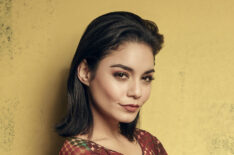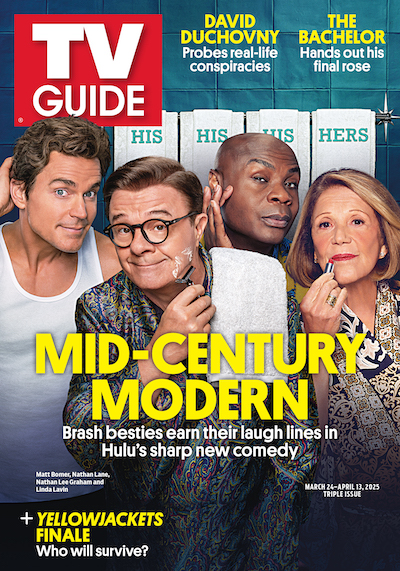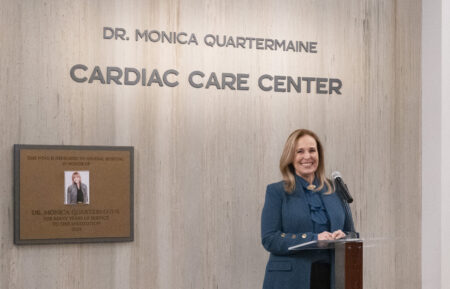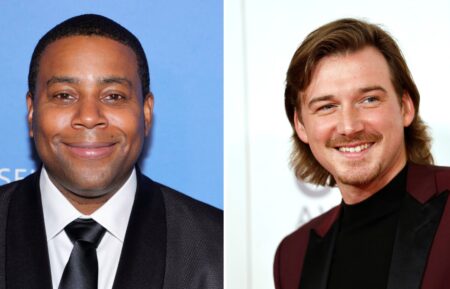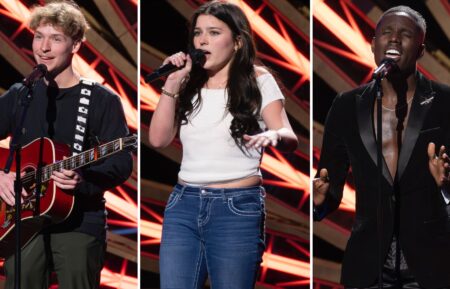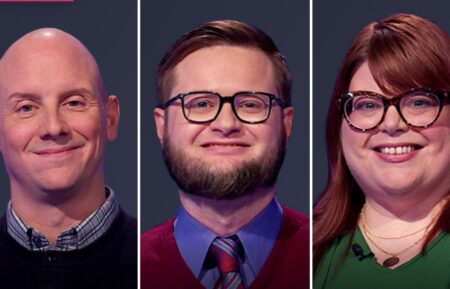‘Rent’ Production Designer on How Fox’s Live Musical Reimagines the Broadway Hit
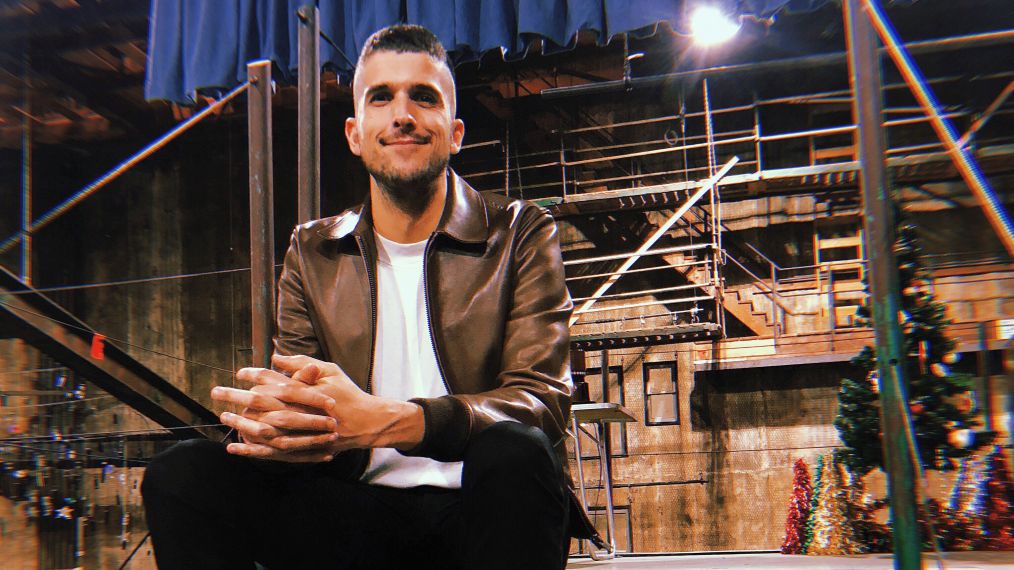
Q&A
Rent‘s production designer Jason Sherwood has been a fan of the musical since it debuted on Broadway in 1996. “I knew the show very well. I’ve been a big fan for a long time,” he tells TV Insider.
Now, he’s at the helm of the set design for Fox’s live TV musical take on the groundbreaking show, which takes place in New York City’s East Village in the early ’90s. The story follows seven artists struggling to follow their dreams during a time of great social and political turmoil.
“It’s a concert, it’s a play, it’s an art installation. It’s all of those mashed up into one so we had to do something different from what has been done before,” he explains. “We want to tell the story in a beautiful, clear, exciting and succinct way.”
Sherwood is most hopeful that after people tune in they will “fall in love with the story and the music and the message.” Read on below as Sherwood breaks down his design process, the materials he used on the stage, and working with the various departments to make the magic happen.
Where did you look for inspiration?
Jason Sherwood: We wanted to reinvent Rent for 2019 and for this medium, so a lot of the inspiration came from photos and images of New York from that particular time period in the early ’90s in the height of the AIDS crisis. New York was a place that was filled with the light and the dark — you have scaffolding and grim and grit, you had tent cities popping up in abandoned lots buildings.
And you also had this community of artists that were moving in. They were creating their work on top of that space and building sculptures out of trash and painting murals on the sides of falling down buildings. We wanted to honor that artistic community and celebrate it so we looked at art from that time, like public art installations. It was such an exciting and rich research project.

Are the materials used in the show authentic?
There’s a sculpture made out of trash which we designed [that was then] fabricated by a specialty props-making company who collected all of these recycled materials and trash from a center. We also had several graffiti artists come in and execute the design. We used a lot of reclaimed materials for this show. The windows are from salvage yards. There’s a lot of thrifted furniture items. There’s 4,000 bottles in the show that were pulled from a recycling center. I would say 95 percent of the scaffolding and exposed metal work is rented or from a salvage yard. Everything has a lot of natural grit and texture.
How closely did you work with other departments, like choreography and lighting?
We’re talking all the time. The process began between me and [director] Michael Greif fairly quickly by looking at sketches that I had generated. And then we started looping in the rest of the creative team: Sonya Tayeh [the choreographer], [executive producers] Marc Platt and Adam Siegel, [lighting designer] Al Gurdon, and of course Alex Rudzinski, who directs the show for camera. It’s been an ongoing, constant conversation since we’ve been in the room with the cast. Because this show is an immersive, almost 360-degree environment for the show to live in, every single actor’s movement, lighting cue, piece of furniture has to dance the same dance to create the same narrative moment. It’s a very, very collaborative group.
How did you work around the live band on stage?
We knew from the get-go that we wanted the show to be as live as it could be, so keeping the band as part of the physical environment was really important. From our first conversations, keeping them a focal point and finding them a home on stage was a priority.
Did you encounter any challenges along the way that you didn’t expect?
Not really. We found the design right away and I only started working on this show six months ago, which is very short time period. I think the challenging thing is the rewarding thing — this show has never been on live television before, so we needed to find a language for how we would present it and that came to us fairly quickly as a group. I think the great challenge is making sure at every moment that the choices that we’re making — about what it feels like, what it looks, how it’s shot, what everyone is wearing — are contributing towards the storytelling.
Rent, Live, Sunday, January 27, 8/7c, Fox
From TV Guide Magazine
How Hulu's 'Mid-Century Modern' Is a 'Golden Girls' for Our Times
Settle in for some older and bolder laughs with the BFFs of a certain age in the new comedy starring Nathan Lane, Matt Bomer, and Nathan Lee Graham. Read the story now on TV Insider.

